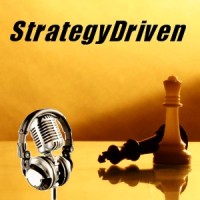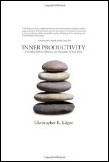Are You a Good Leader?
You will be if you draw on key ethical principles. Here’s how to do it, whether you’re a CEO, a banker, an entrepreneur, or anyone else in business
“Never underestimate the other guy’s greed.” This isn’t just a classic line from the 1983 Brian De Palma film, Scarface (written by Oliver Stone). It also reflects the attitude that has caused the economic disaster we’re now clawing ourselves out of.
Isn’t it time for a new way of thinking?
I propose the following leadership guidelines for C-level executives, investment bankers, entrepreneurs, and everyone else whose decisions can affect the financial well being of other people.
1. WHAT’S GOOD FOR THE GANDER IS GOOD FOR THE GOOSE.
At a time when companies are slashing their labor forces and freezing salary increases, and when some employees are being asked to take lower-paying positions, it is deeply unethical for leaders to retain their sky-high compensation and to expect enormous bonuses. They should follow the example of Michael Kneeland, CEO of United Rentals, who recently asked for, and was given, a 20% pay cut. Let’s hear more reports like this one.
Hi there! This article is available for free. Login or register as a StrategyDriven Personal Business Advisor Self-Guided Client by:
Subscribing to the Self Guided Program - It's Free!
About the Author

, (Macmillan/Roaring Brook Press) shows teens how to solve the ethical dilemmas they face. For more information, visit TheEthicsGuy.com. To read Bruce’s complete biography, click here.

 StrategyDriven Podcasts focus on the tools and techniques executives and managers can use to improve their organization’s alignment and accountability to ultimately achieve superior results. These podcasts elaborate on the best practice and warning flag articles on the StrategyDriven website.
StrategyDriven Podcasts focus on the tools and techniques executives and managers can use to improve their organization’s alignment and accountability to ultimately achieve superior results. These podcasts elaborate on the best practice and warning flag articles on the StrategyDriven website.
 Chris Edgar, author of
Chris Edgar, author of  Dr. Greg Gillum is the Chief Learning Officer of WealthBridge Connect (
Dr. Greg Gillum is the Chief Learning Officer of WealthBridge Connect ( “Only some people get what they want. Those are the people who show up to get it.”
“Only some people get what they want. Those are the people who show up to get it.”